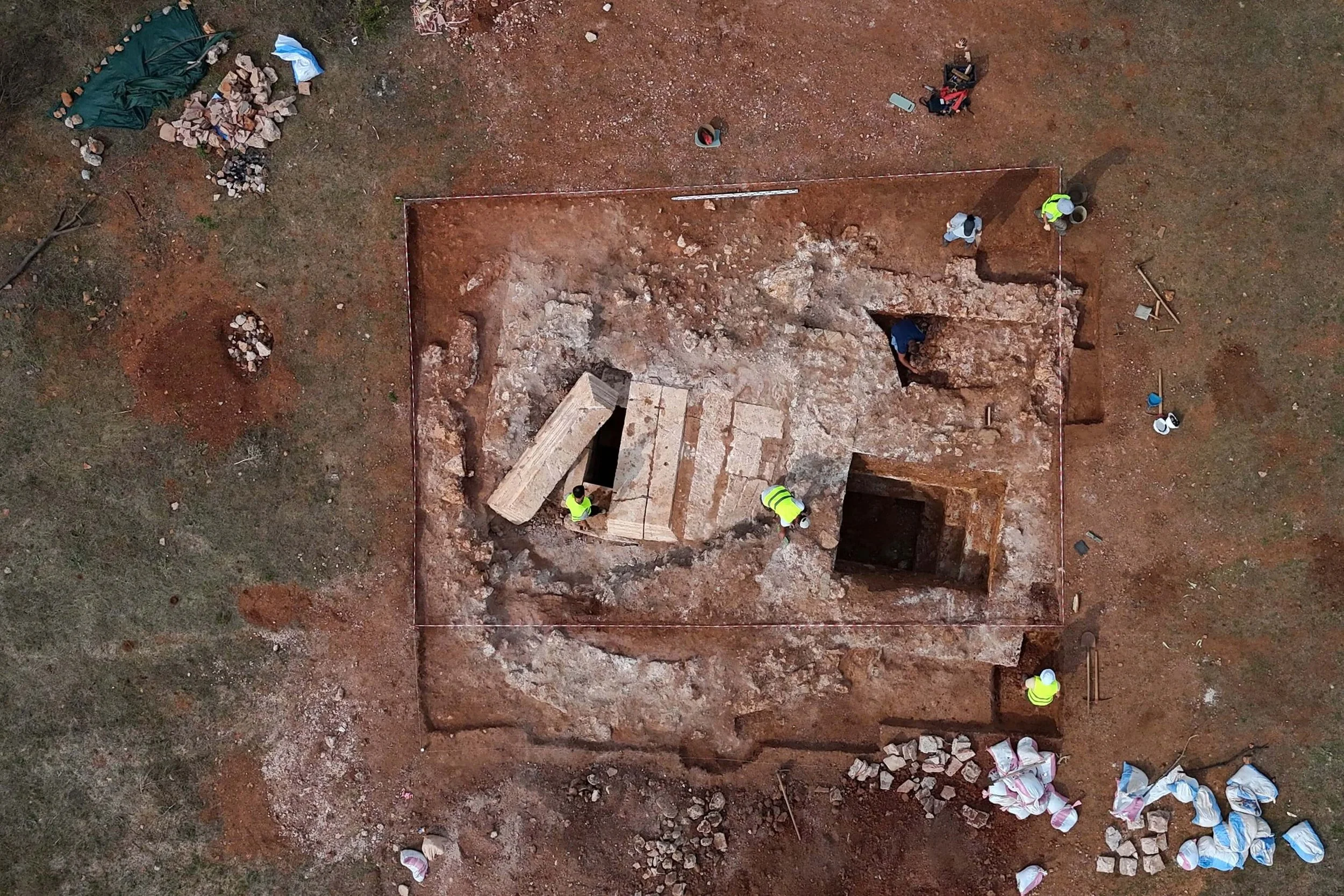For decades, scientists have known that platypuses and echidnas — Australia’s unique egg-laying mammals known as monotremes — stand out in the animal kingdom: they do not use the same genetic mechanisms as other mammals to determine whether an embryo develops as male or female.
Now, a recent study published in Genome Biology has provided compelling evidence that the sex of monotremes depends on a single gene — and, intriguingly, this gene resembles those found in certain fish and amphibians more than in other mammals.
Unraveling the Monotreme Secret
The Australian platypus and the echidna (also called the spiny anteater) are monotremes — the oldest living lineage of mammals, and the only mammals that lay eggs.
Humans and most other mammals have two sex chromosomes: X and Y. Typically, an embryo with an XX pair develops as female, while an XY pair produces a male.
In many mammals, a gene called SRY on the male Y chromosome triggers the development of male characteristics. But monotremes don’t have the SRY gene at all.
About 20 years ago, researchers discovered that monotremes use an entirely different system involving multiple X and Y chromosomes. It was long suspected that one of their Y chromosomes must carry a sex-determining gene — but its identity remained elusive.
Now, one candidate has emerged as the likely key player: the Anti-Müllerian Hormone, or AMH.
A Genetic Twist 100 Million Years in the Making
The new research offers the first solid evidence that a modified version of AMH found on one of the monotreme Y chromosomes — dubbed AMHY — is the gene that determines their sex.
The team demonstrated that evolutionary changes to the AMH gene long ago likely gave rise to AMHY, which then took on the critical role of steering male development in monotremes.
A First for Mammals
Unlike other mammalian sex-determining genes that work by interacting directly with DNA, AMHY functions as a hormone. Instead of binding to DNA, it acts on the cell’s surface, triggering signals that switch genes on or off.
There’s growing evidence that similar versions of AMHY also help determine sex in various fish and amphibians. However, this discovery marks the first known case of a hormone playing a central role in sex determination in mammals.













































